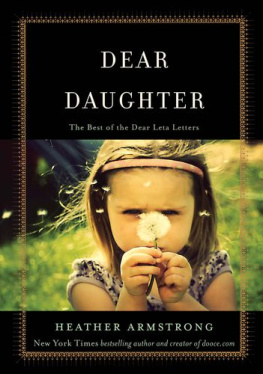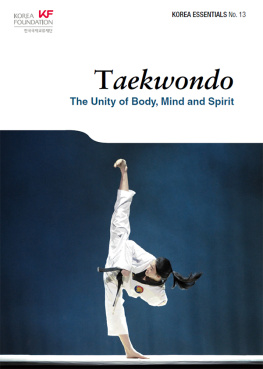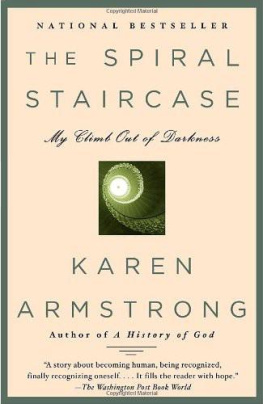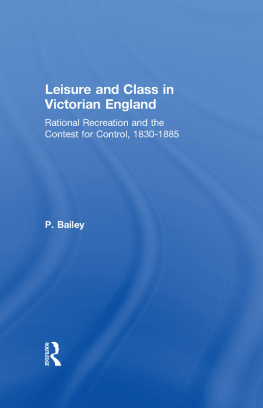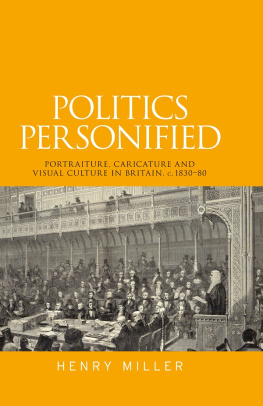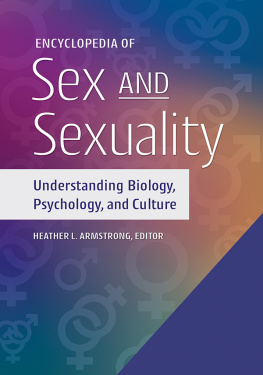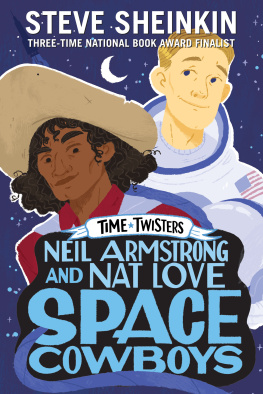Armstrong - Victorian glassworlds: glass culture and imagination, 1830-1880
Here you can read online Armstrong - Victorian glassworlds: glass culture and imagination, 1830-1880 full text of the book (entire story) in english for free. Download pdf and epub, get meaning, cover and reviews about this ebook. City: New York;Oxford, year: 2003;2008, publisher: Oxford University Press USA - OSO, genre: Romance novel. Description of the work, (preface) as well as reviews are available. Best literature library LitArk.com created for fans of good reading and offers a wide selection of genres:
Romance novel
Science fiction
Adventure
Detective
Science
History
Home and family
Prose
Art
Politics
Computer
Non-fiction
Religion
Business
Children
Humor
Choose a favorite category and find really read worthwhile books. Enjoy immersion in the world of imagination, feel the emotions of the characters or learn something new for yourself, make an fascinating discovery.

- Book:Victorian glassworlds: glass culture and imagination, 1830-1880
- Author:
- Publisher:Oxford University Press USA - OSO
- Genre:
- Year:2003;2008
- City:New York;Oxford
- Rating:3 / 5
- Favourites:Add to favourites
- Your mark:
- 60
- 1
- 2
- 3
- 4
- 5
Victorian glassworlds: glass culture and imagination, 1830-1880: summary, description and annotation
We offer to read an annotation, description, summary or preface (depends on what the author of the book "Victorian glassworlds: glass culture and imagination, 1830-1880" wrote himself). If you haven't found the necessary information about the book — write in the comments, we will try to find it.
Armstrong: author's other books
Who wrote Victorian glassworlds: glass culture and imagination, 1830-1880? Find out the surname, the name of the author of the book and a list of all author's works by series.
Victorian glassworlds: glass culture and imagination, 1830-1880 — read online for free the complete book (whole text) full work
Below is the text of the book, divided by pages. System saving the place of the last page read, allows you to conveniently read the book "Victorian glassworlds: glass culture and imagination, 1830-1880" online for free, without having to search again every time where you left off. Put a bookmark, and you can go to the page where you finished reading at any time.
Font size:
Interval:
Bookmark:
VICTORIAN GLASSWORLDS

Glass Culture and the Imagination 18301880
ISOBEL ARMSTRONG


Great Clarendon Street, Oxford 0x2 6DP
Oxford University Press is a department of the University of Oxford.
It furthers the Universitys objective of excellence in research, scholarship,
and education by publishing worldwide in
Oxford New York
Auckland Cape Town Dar es Salaam Hong Kong Karachi
Kuala Lumpur Madrid Melbourne Mexico City Nairobi
New Delhi Shanghai Taipei Toronto
With offices in
Argentina Austria Brazil Chile Czech Republic France Greece
Guatemala Hungary Italy Japan Poland Portugal Singapore
South Korea Switzerland Thailand Turkey Ukraine Vietnam
Oxford is a registered trade mark of Oxford University Press
in the UK and in certain other countries
Published in the United States
by Oxford University Press Inc., New York
Isobel Armstrong 2008
The moral rights of the author have been asserted
Database right Oxford University Press (maker)
First published 2008
All rights reserved. No part of this publication may be reproduced,
stored in a retrieval system, or transmitted, in any form or by any means,
without the prior permission in writing of Oxford University Press,
or as expressly permitted by law, or under terms agreed with the appropriate
reprographics rights organization. Enquiries concerning reproduction
outside the scope of the above should be sent to the Rights Department,
Oxford University Press, at the address above
You must not circulate this book in any other binding or cover
and you must impose the same condition on any acquirer
British Library Cataloguing in Publication Data
Data available
Library of Congress Cataloging in Publication Data
Data available
Typeset by SPI Publisher Services, Pondicherry, India
Printed in Great Britain
on acid-free paper by
Biddles Ltd., Kings Lynn, Norfolk
ISBN 9780199205202
1 3 5 7 9 10 8 6 4 2
For A. S. Byatt
My debts are extensive. The skill and knowledge of archivists and librarians has underpinned this work. Dinah Stubbs guided me through invaluable information from the Chance archive at Pilkingtons Information Management and Storage department, St Helens. Anne Clark, University of Birmingham Information Services Special Collections, provided me with information about Harriet Martineaus visit to Osler. Marilyn Ferris, Local History Librarian at the Stourbridge Library, sent me the key to the Flint Glass Makers Emblem. J. A. Henshall, University of Warwick Library, made hard copy from the microfilm of the Flint Glass Makers Magazine readable. Chris Cotes advised me about information held at the TUC archive at London Metropolitan University. Chris Woolgar, Head of Archives and Special Collections, University of Southampton, advised me about the Wellington archive. Roger Dodsworth, Curator of the Broadfield House Glass Museum, Kingswinford, kindly directed me to the Webb and Richardson pattern books at the Archive Centre, Cosely, and went to great lengths to help me with images of nineteenth-century glass. I thank Michael Smith, Archivist, Royal Doulton, Stoke-on-Trent. Heidi Herr, Special Collections and Archives, the Milton S. Eisenhower Library, Johns Hopkins University, organized the filming of images from the Special Collection of the George Peabody Library. Librarians at the British Library and the University of London Senate House Library were unfailingly helpful.
I owe the genesis of this book to Laura Marcus, who was emphatic that this was the project to follow my book on Victorian poetry, and read parts of the book. Throughout this project Birkbeck colleagues have been consistently supportive. I have been lucky to benefit from Michael Slaters constant generosity and meticulous advice. I thank Laurel Brake, Steve Connor, Lynda Nead, Stephen Clucas, and Jim Mussell. David Feldman gave me most generous advice. Birkbeck School of English and Humanities awarded me a grant for research assistance, carried out by Barbara Rosenbaum with great perfectionism in the early stages of the book. Anna Browns staunch research assistance enhanced the second part of the book. I thank Heather Tilley for her meticulous work.
I am particularly grateful to colleagues who spared time to read parts of the manuscript. Josephine McDonagh read and commented on parts of the book, and I am warmly grateful for her stringent and thoughtful reading and for her insights and suggestions throughout the books progress. I thank Emma Mason for reading and responding to the Introduction, and Mary Hamer for the alacrity and insight of her comments. Tender thanks to Barbara Hardy for the London walk that led us to John Claudius Loudons house.
My affliation with Victorianists at the University of Exeter has meant that they listened to parts of the book given as lectures at its formative stage and made invaluable comments. I benefited from the advice of Regenia Gagnier, Sunie Fletcher, Angelique Richardson, Rick Rylance, and Paul Young. To the scholarship and insight of John Plunkett and Ana Parejo Vadillo I owe more than I can say. Their constant generosity, help, and willingness to provide information at unreasonable times has materially improved this book. John inducted me into the wonderful resources of the University of Exeters Bill Douglas Centre. The late Chris Brooke provided prolific bibliographical information.
Teaching has been a source of inspiration. Gillian Beer asked me to give a seminar to her graduates in Cambridge. I taught a class on elements of this book to the impressive doctoral students of Birkbecks London Consortium programme on three occasions and appreciated their insights. Both at Harvard University and Johns Hopkins University the thoughtfulness and enthusiasm of students who attended courses on Optical Culture and Victorian Poetry helped the book forward. At Harvard Anna Henchmans intellectual wisdom was invaluable.
Over the course of the writing of this book many friends, colleagues, and participants at lectures and seminars have come up with wholly original insights and facts unknown to me. I am unlikely to be able to list all this help, but I hope those whose names are not here will remember the delighted conversations rather than omissions: Amanda Anderson, Kevin Attel, John Birtwhistle, Sarah Blair, Svetlana Boym, John Burrow, Cath Burlinson, Sally Bushell, David Button, Toby Chance, Alison Eldred, Nick Fisher, Erik Gray, John Gregg, Catherine Hall, Neil Hertz, Martin Hewitt, Chrissie Iddon, Amanda Kent, Ruth Leys, Peter Middleton, Linda Peterson, Liz Prettejohn, Clare Pettit, Jonah Siegel, Larry Switsky, and Mark Wright.
My sister, Ursula Jones, read parts of the manuscript, and Diana Wynne Jones donated the enamelled glass vase photographed by Kate Hardy, whose photographic imagination has shaped a number of the images in this book.
I treasure the learning, unequalled intellectual elegance, and loving encouragement of the late Geoffrey Martin.
I thank Andrew McNeillie, equally gifted as poet, critic, and editor, for his buoyant good sense, enthusiasim, and imagination.
My most challenging reader, Michael Armstrong, has my enduring gratitude.
Next pageFont size:
Interval:
Bookmark:
Similar books «Victorian glassworlds: glass culture and imagination, 1830-1880»
Look at similar books to Victorian glassworlds: glass culture and imagination, 1830-1880. We have selected literature similar in name and meaning in the hope of providing readers with more options to find new, interesting, not yet read works.
Discussion, reviews of the book Victorian glassworlds: glass culture and imagination, 1830-1880 and just readers' own opinions. Leave your comments, write what you think about the work, its meaning or the main characters. Specify what exactly you liked and what you didn't like, and why you think so.

